by Ross Robbins
As caretakers of old cars we face a lot of skeptics when we plan to venture far from home. In fact, because of others’ skepticism, or even our own, many of us don’t take our old British iron much farther than our local cars and coffee. I think that is a shame.
It is the lure of the two-lane road for me… roads I call byways. These are the paths of adventure, the roads of real people, the way to interesting places, and for those reasons, the roads where stories are found. You may say: “Yes there are stories but not many services.” I say, these are the very places where service still abides. In fact, since classic cars are far less complicated than modern cars, even the smallest towns are almost surely able to get you back on the road, whereas if you were in a high-tech car they might not.
Let me share an experience in one of the smallest, most obscure, old cars on the road: a 1968 Lotus Seven. It has four wheels, two seats, an engine and not much else.
Starting in California and having cleared the Sierras, I was headed home to Colorado and feeling pretty smug.
There I was in Nevada, on the part of US 50 cheekily called “The Loneliest Road in America,” running straight as a string between two mountain ranges, and then wiggling up and over to the next valley floor, then straight till the next wiggle. It’s an absolutely perfect sports car road except for one thing: it is The Loneliest Road in America.
You can drive 100 miles between towns and find no gas, no food, no people, and no cell service. Sometimes an hour goes by with no other car in sight.
On a flat, straight stretch between Austin and Eureka, where I could see five miles in either direction, the charging light lit up on my dash. I pulled off to the shoulder, although I could have parked in the middle of the highway without concern. As I eased to a stop I noticed the temp gauge rising rapidly. Aha! No water circulation. Must be the belt. I took off the bonnet and nose cone to have a look. I found a loose bolt in the generator bracket, and the generator lying on its side.
Apparently, the bolt in the front bracket had backed out from vibration. The now poorly supported generator had broken the back plate and the fan belt was thrown. But when? A hundred yards back? Two miles? I would have looked but even if I found the belt, it was too big without the generator.
I summoned up a confident attitude and began a search for something I could turn into a suitable fan belt. Now, there isn’t much room for stuff in a Seven, so pickings were slim. I had a small tool kit with some wire and hose, spare clothing, and my gas jug, all tied down with bungee cords. That’s it, a bungee cord! I found one that looked to be a bit short, figuring it would stretch, and pried off the hook ends with a screwdriver and small pair of pliers. Then, like a surgeon, I connected the ends together with my fine wire. 45 minutes passed by, but not one vehicle.
Finally, I had what looked like a fan belt. Green, puny, and stretchy, to be sure, but it would have to do. I slipped it over the crank and water pump pulleys, bypassing the generator since I could make it a long way without charging. I started the car, it ticked over for a bit, and the temp stayed steady!
The town of Eureka was my destination, but how far was it? 20 miles? 40? More? I’d better get going. But first, I thought I’d make sure my fix worked. I blipped the throttle. The bungee flew. The sudden load of the water pump probably stretched it and allowed it to come off. I remounted it and eased the throttle up gently.
It worked perfectly to about 1700 rpm. Each time I got there the bungee would fly, so I set off for Eureka at 1600 rpm. 1st, 2nd, 3rd gear; it worked fine. In top gear I was moving at about 25 mph— several times the speed of a covered wagon, surely, yet still slow enough to observe and absorb central Nevada up close.
In the more than one hour drive, only one car passed me at about 80 and two went by the other way. I thought of the skeptics as I had ample time to reflect on my plight. But, not only was I moving, I was moving toward help. As alone as I felt, it was nothing compared to the pioneers. Brave folks indeed. All this reflecting was accompanied by the reassuring click, click, click of the bungee fan belt as it spun merrily around. As long as I heard that reassuring sound, all was well. Finally, I reached the booming metropolis of Eureka, population 600. The gas station didn’t have belts but the hardware store did. So I clicked up Main Street to the hardware emporium. The very kindly lady there asked what I needed. I said, “A fan belt for a 1968 Lotus Seven.” I should have asked for world peace, too, while I was at it.
She had lots of belts but I didn’t know the size I needed. I carefully wrapped some wire around both pulleys marking the overlap spot with my pinched thumb and finger. Into the store I marched, and found a matching size Gates belt—for a washing machine. Nothing ventured, nothing gained, so out to the waiting car I went. I struggled until I put the car into gear and gently rocked it forward. On popped the belt. As I checked for fit, I found a perfect half inch of deflection. Neither too loose nor too tight.
It was getting late and without a generator I would need to follow the Lucas mantra: Be home before dark!
My mission was clear: drive as fast as possible. I made the 73-mile trip to Ely in less than an hour, wiggles included, and stopped there since I had made a lodging reservation in a place with a modicum of civilization. I was back in business.
What is the point of this lengthy personal story? It is simply this: I cannot imagine a more obscure car in a more desolate situation, yet it turned out fine. I don’t think you will ever be any more isolated or with less support than I was that day in Nevada in your old British classic. In a town of 600 people in the middle of vast and empty Nevada, a helpful hardware store had saved my bacon for $6.89.
So what are you skeptics waiting for? Go! Indulge your inner traveler! Take that trip this year. It will be a bit of welcome adventure in a too regular and regulated world, and you will create a memory for the rest of your life.
Driving for Kids…Some serious fun.
When Ross isn’t buzzing across the countryside in one of his classic cars, it’s likely he’s got his mind on another special drive. Eight years ago, Ross and his wife Ann started a non-profit called Driving for Kids and Moss has been honored to support their events with prizes and giveaways over the years.
Driving for Kids is a seriously fun charity event for owners of classic British cars to support The Roundup River Ranch. It’s a four-day trip on incredible back roads and with a stop at the Ranch, which is one of a global community of medical specialty camps for kids founded by Paul Newman. Mr. Newman was a great “car guy” and also firmly believed that kids with serious illnesses needed a place to “kick back and raise a little hell.”
We’re now running our 8th drive, and we’ve travelled over 5,500 miles of the best ridges and canyons of Colorado, New Mexico and Wyoming, seeing the spectacular vistas of aspens and dining as though calories don’t count. The gorgeous variety of cars add even more shine to the memories we create. It’s a perfect way to combine the fun of driving old cars while doing a bit of good—we’ve raised over $404,000 for the camp so far.
The teams in Driving for Kids win twice… Once on the weekend drive through the fall majesty of the Rockies, and again when we see the magical energy the Roundup River Ranch gives to these special kids. Lucky us!
Learn more at www.drivingforkids.com




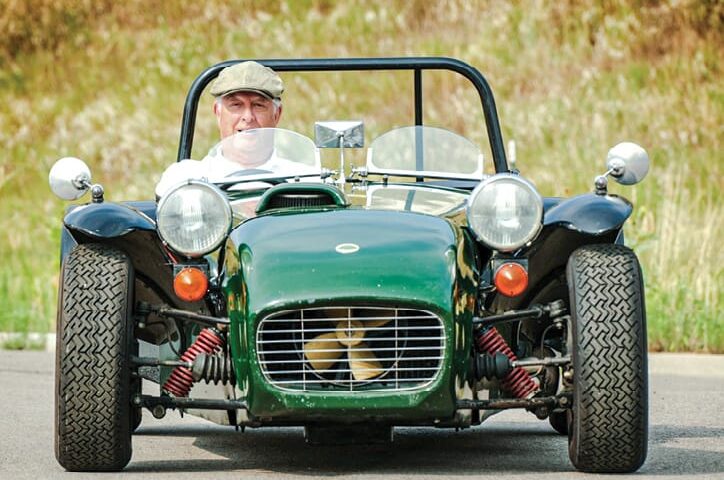
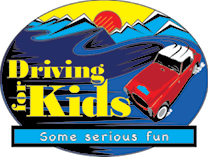
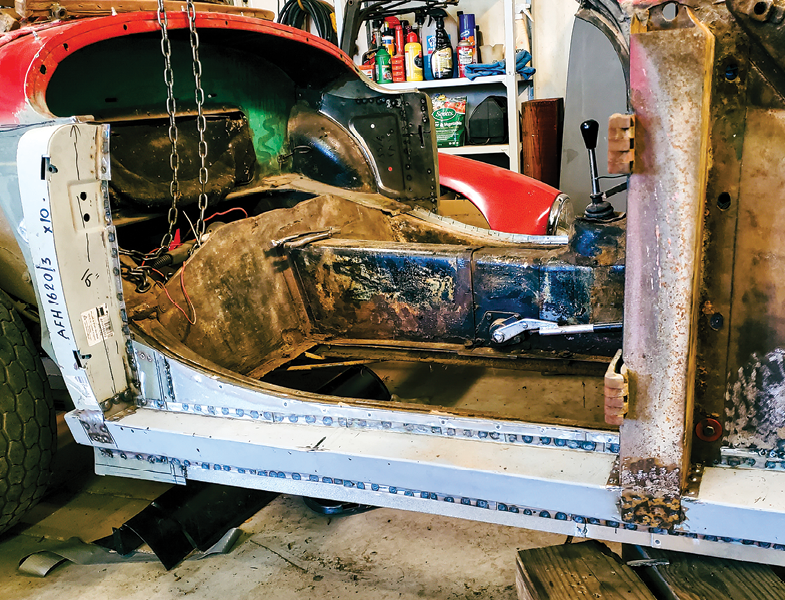
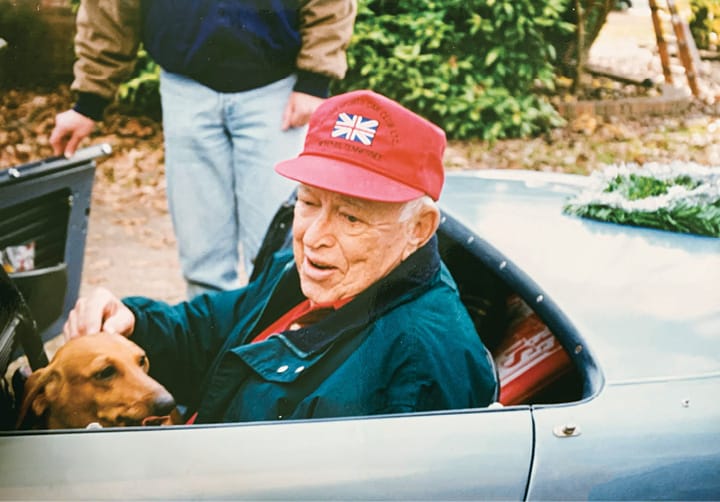
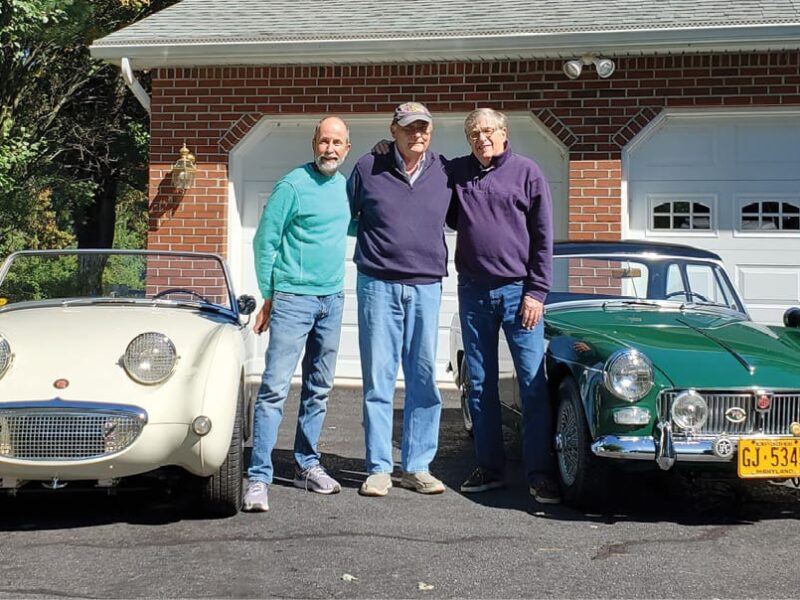
'Should I Stay or Should I Go?' has no comments
Be the first to comment this post!